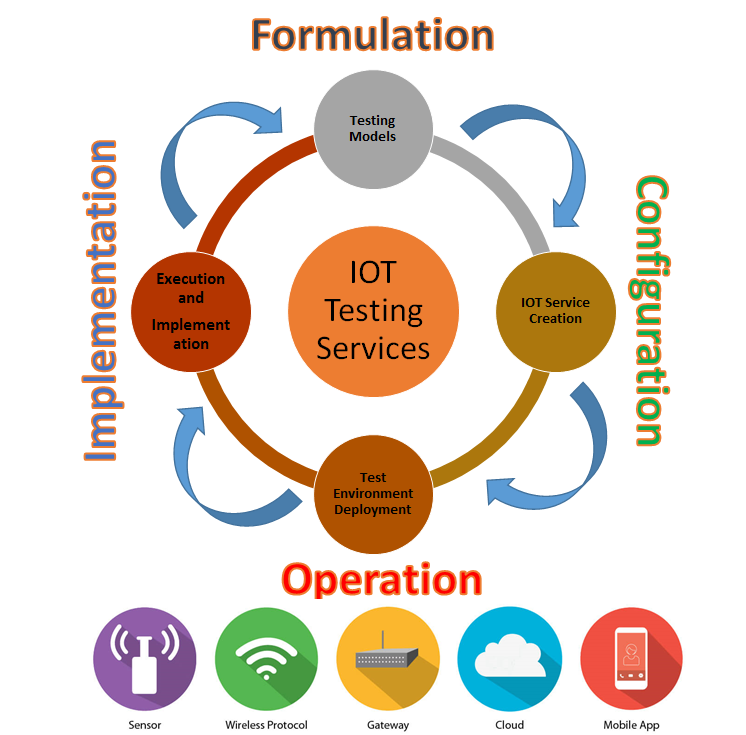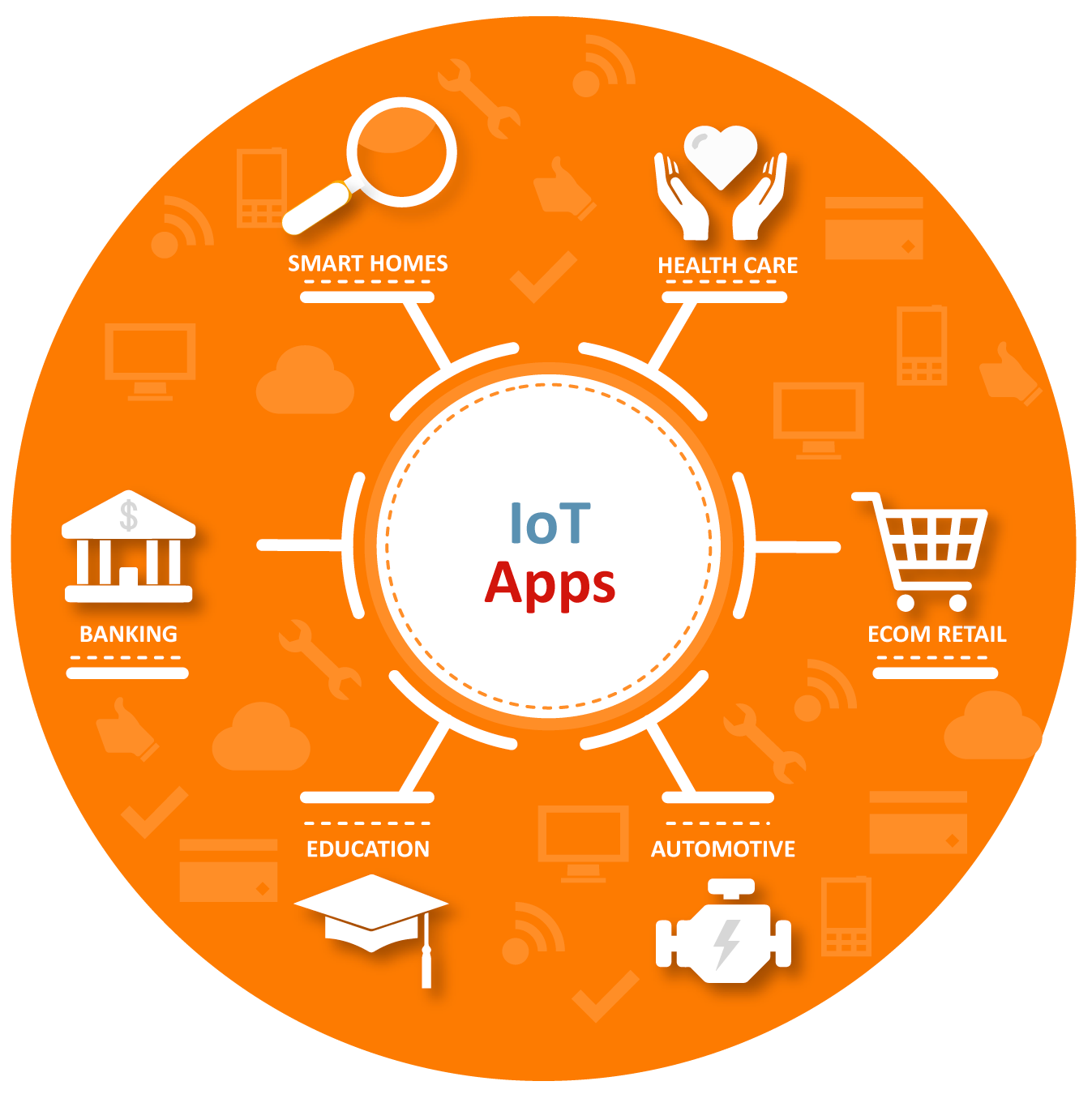TYSS has extensive expertise in testing IoT related applications and devices. Our testing approach and strategy covers the different types of testing, Test infrastructure and required testing tools.
At TYSS we mainly concentrate on the following IoT Testing Areas • Connectivity • Security • Performance • Functionality • Compatibility • Localization • User Experience. Connectivity among various devices for Seamless connectivity • Restoring Data when no connectivity etc.
Approach to test an IoT application is the same a testing any embedded application with a significant security requirement. We have covered the testing in 4 stages.

Formulation Phase
Understanding the requirement and Analysis of scenarios for functional and business purpose.
Analysis of various services which are related to hardware and software, apps, devices, and creating reusable services and test factors
Configuration Phase
Have testing friendly environment for various testing phases and ensuring the scalability of the infrastructure to support the regression as and when new functionalities are added to ensure previous versions are functional as before.
Operation Phase
Performing thorough service testing in UAT environment to ensure proper functionality in production (Network, Communication – interoperability)
Execution/Implementation Phase
Supervising the testing activities and making sure the identified corrections are taken care by making necessary changes
IoT Application Areas

TYSS strengths and Expertise in IoT Testing:
1. Test case libraries and test automation frameworks, Domain expert testers
2. Solid strategy to take care of various wireless connectivity & interfaces with latest network bandwidth such as 4G, LTE, Wi-Fi, Bluetooth, Radio Frequency etc
3. Equipped to test Smart homes connected with various sensors, different type of devices, along with testing the nature of connectivity
4. Capable of conducting performance testing of various devices and services within IoT, and also performing vulnerability testing, which we are well versed with, such as password rules, encryption, hacking etc.
5. Testing Smart things in a dynamic environment, in combination with applications and sensors
